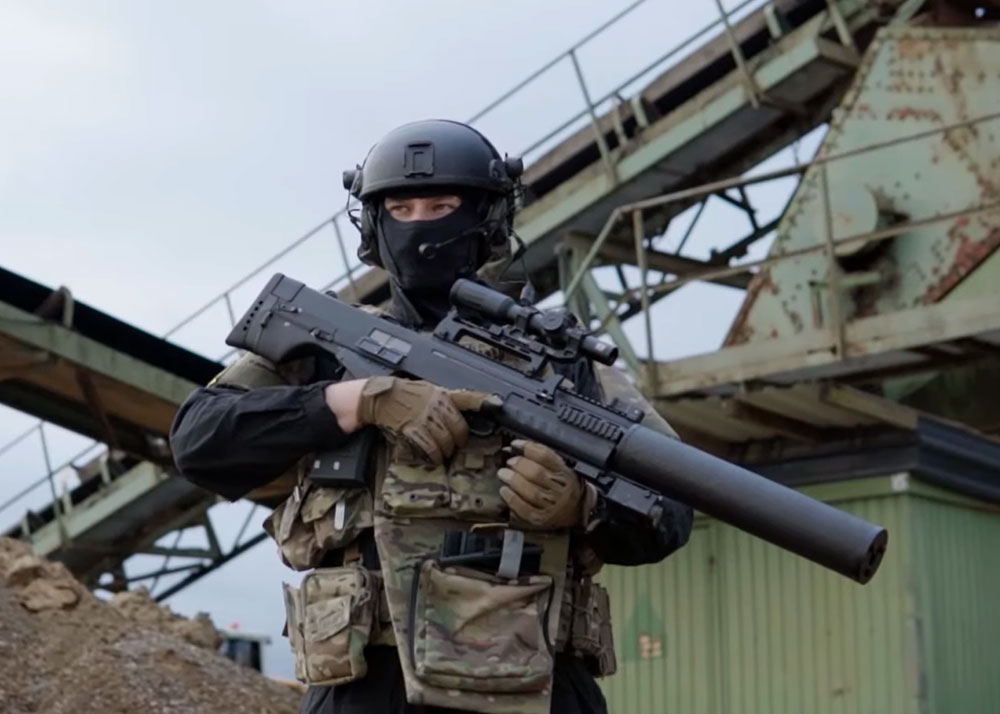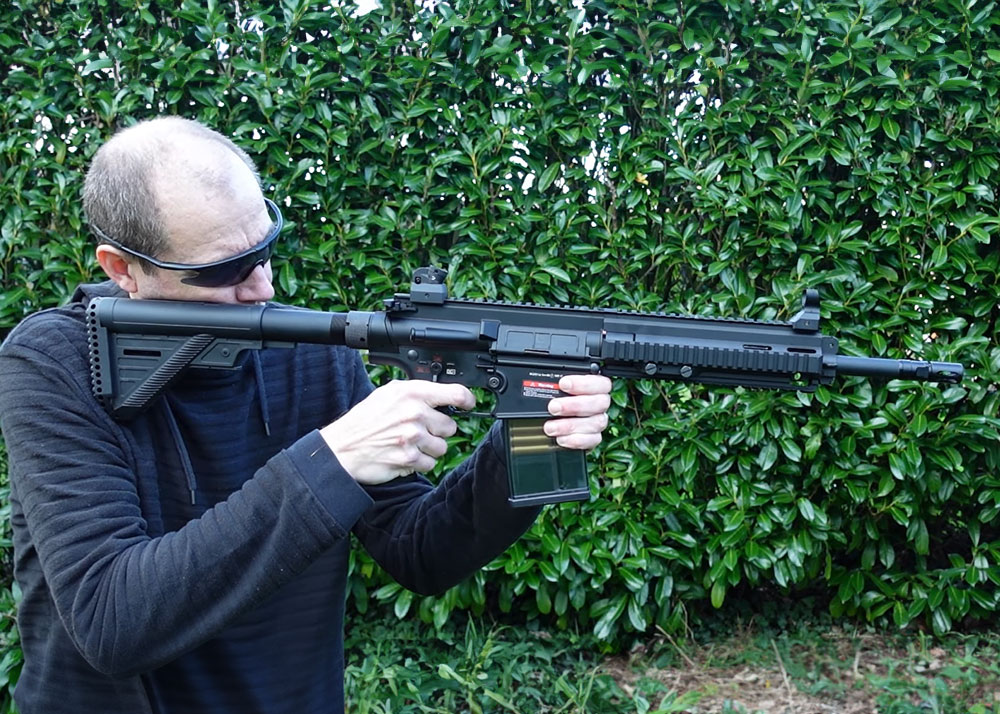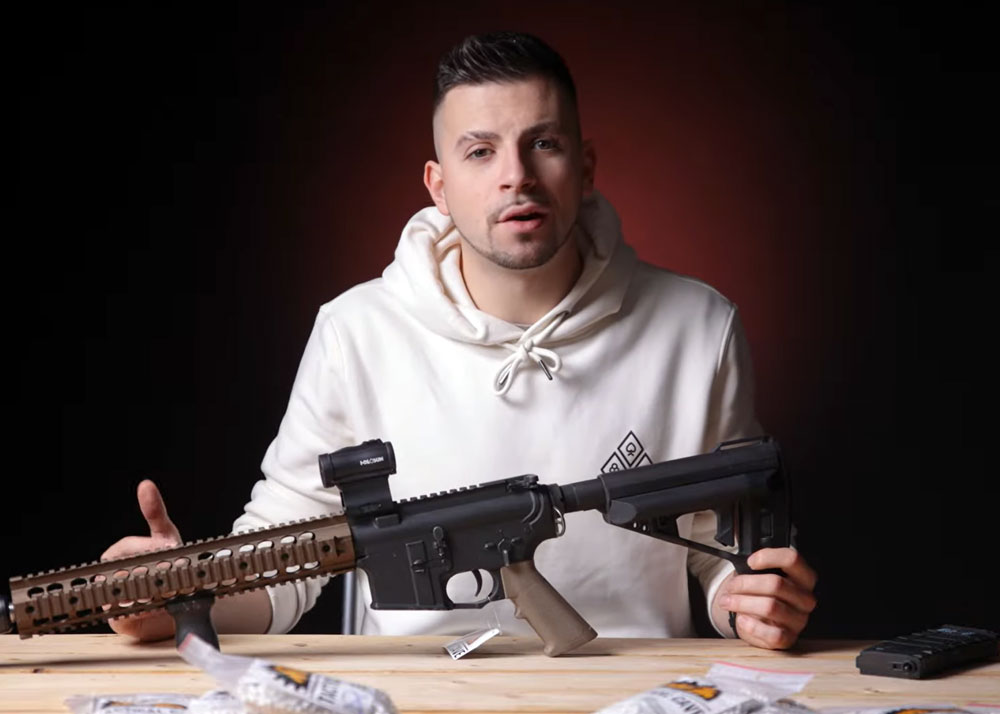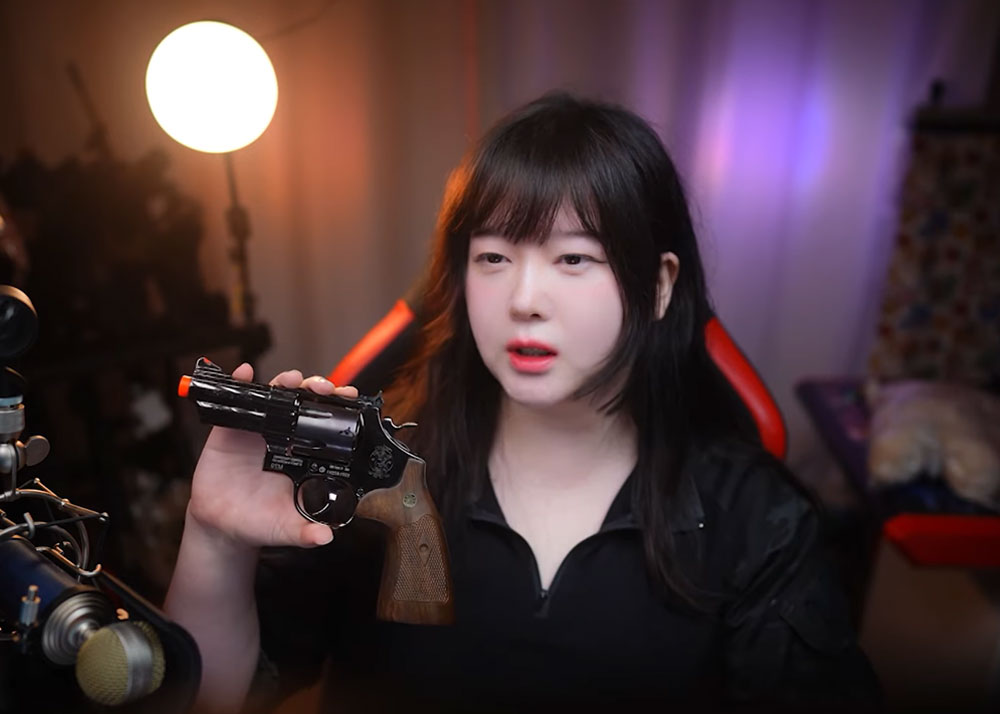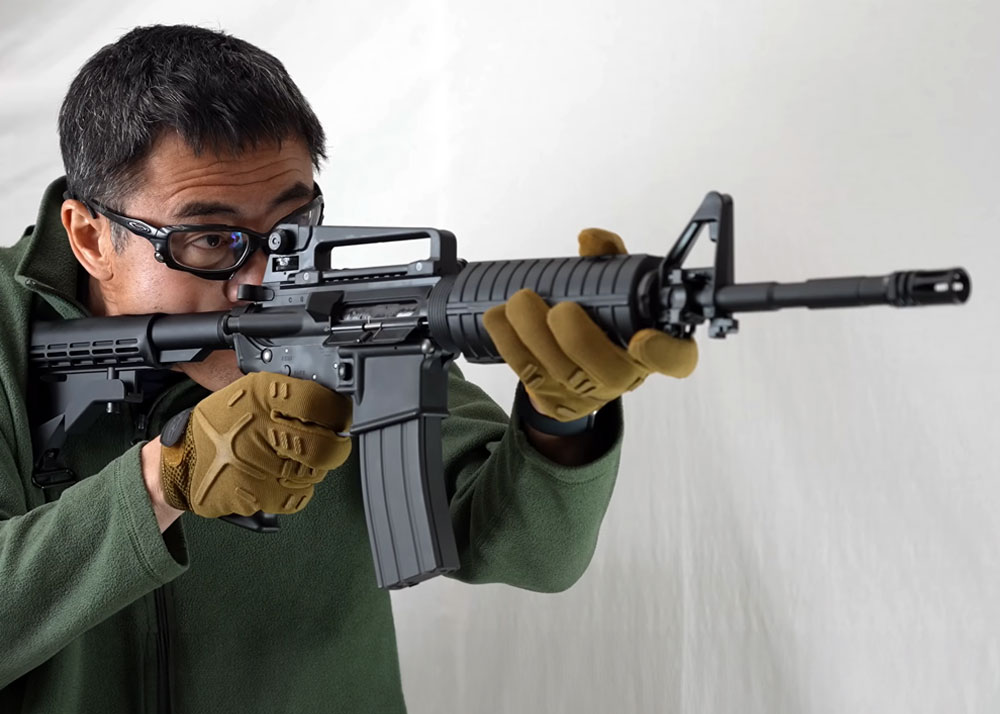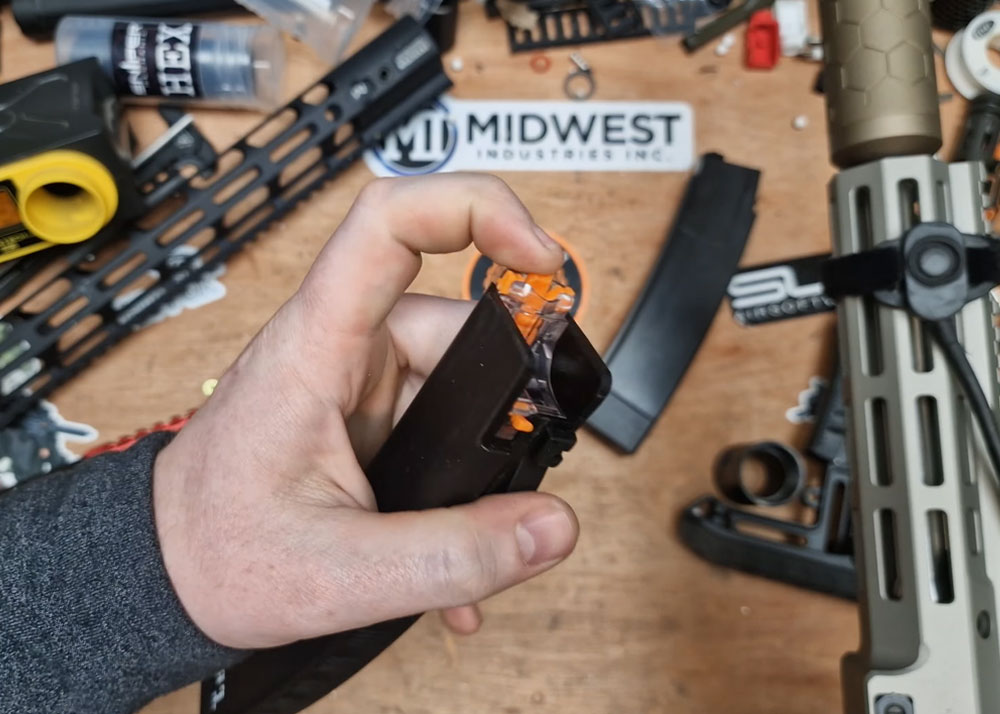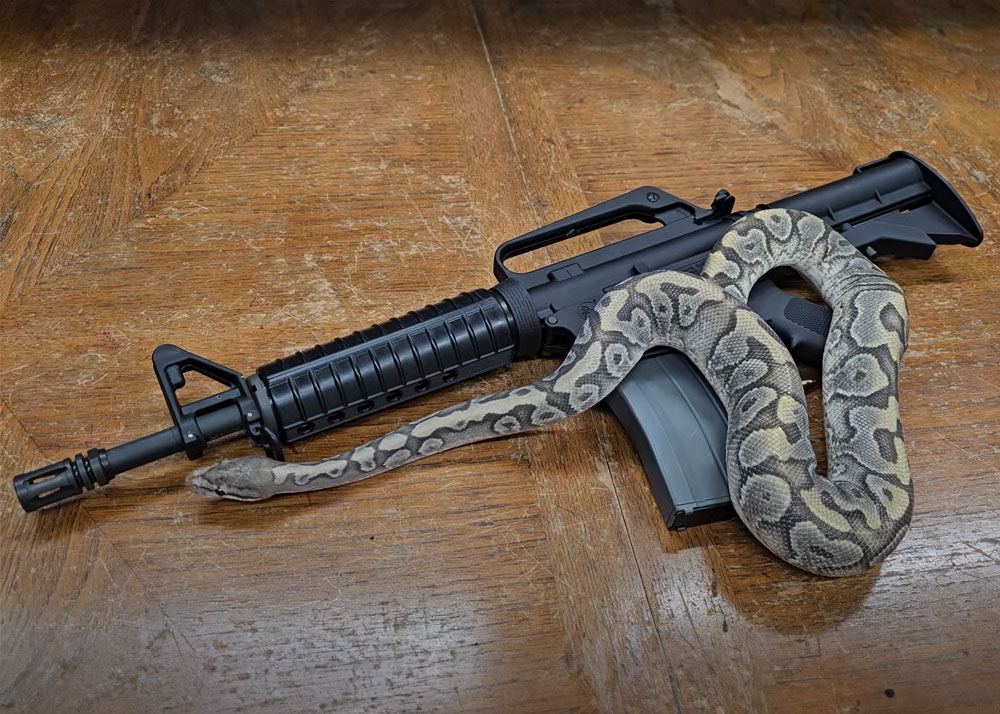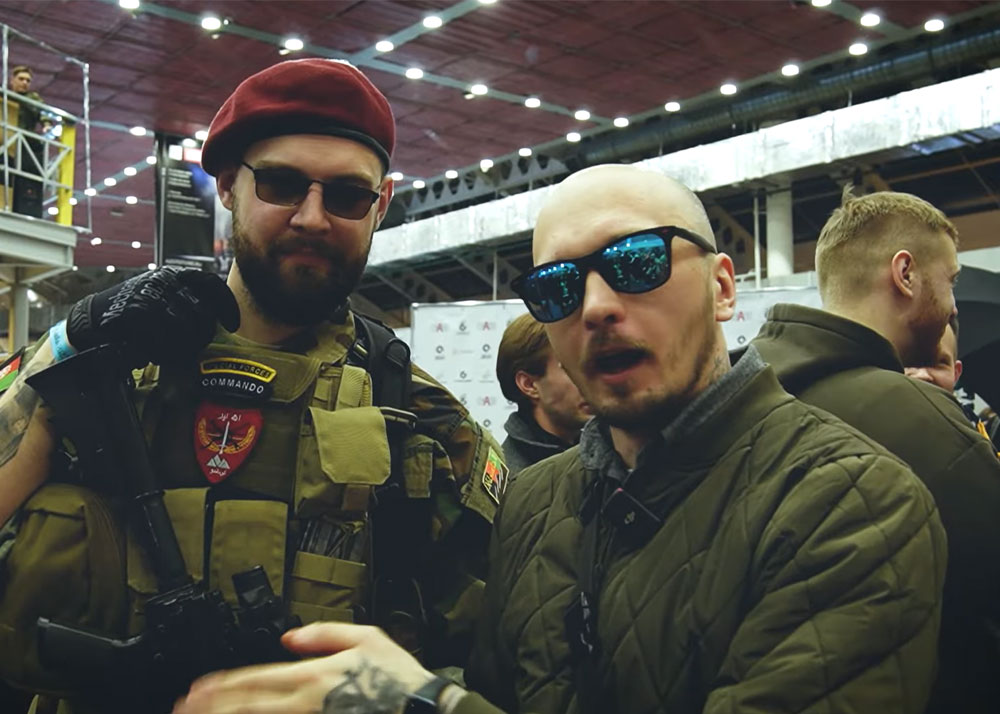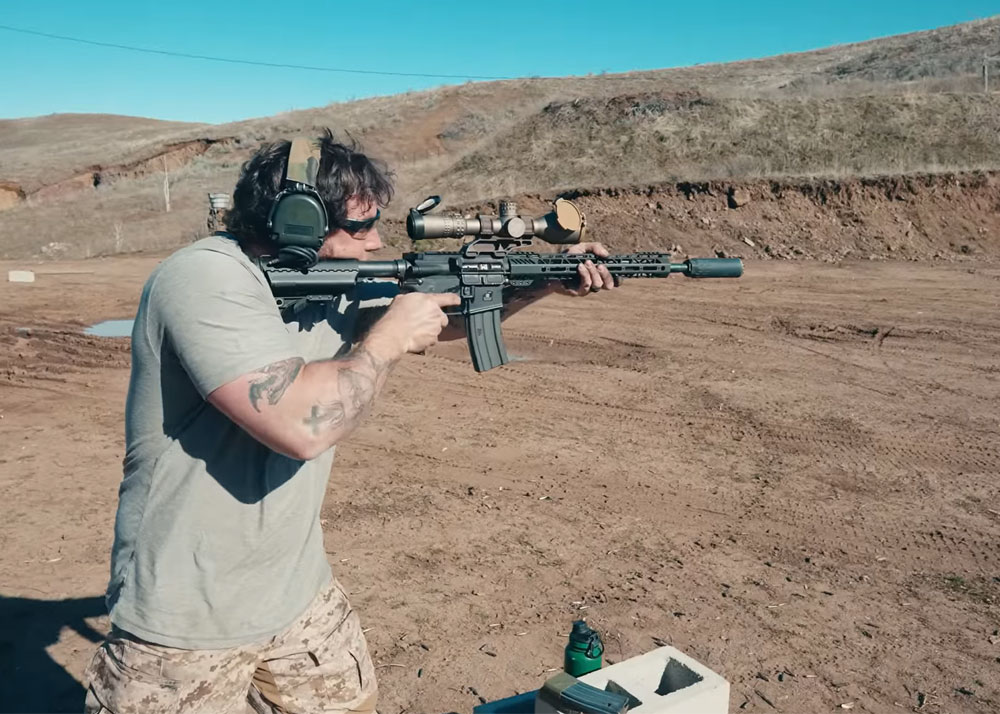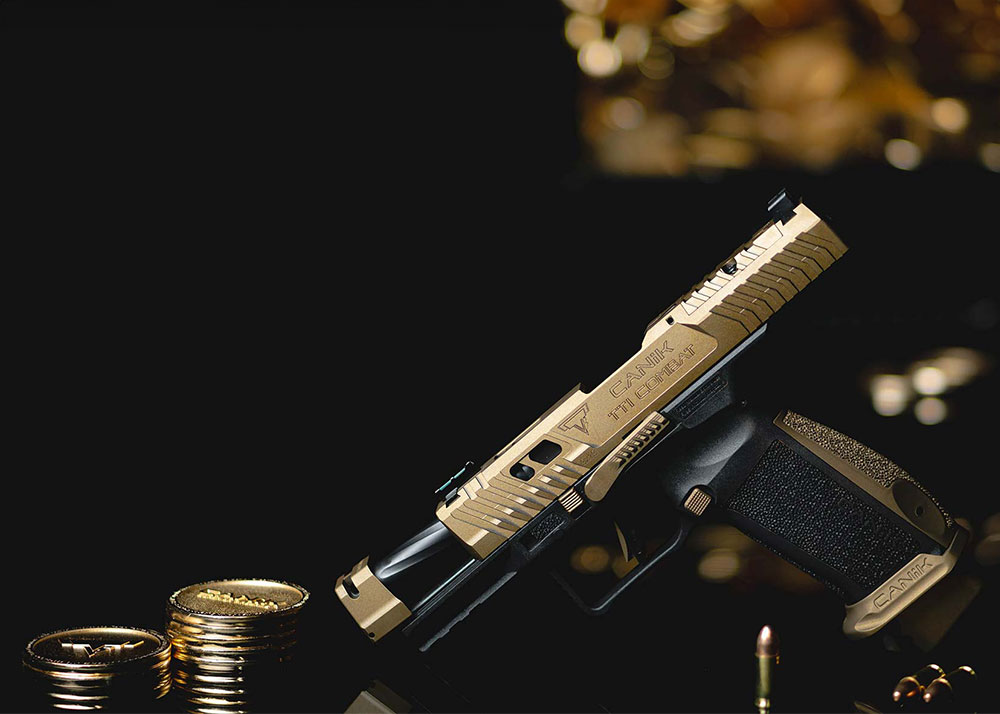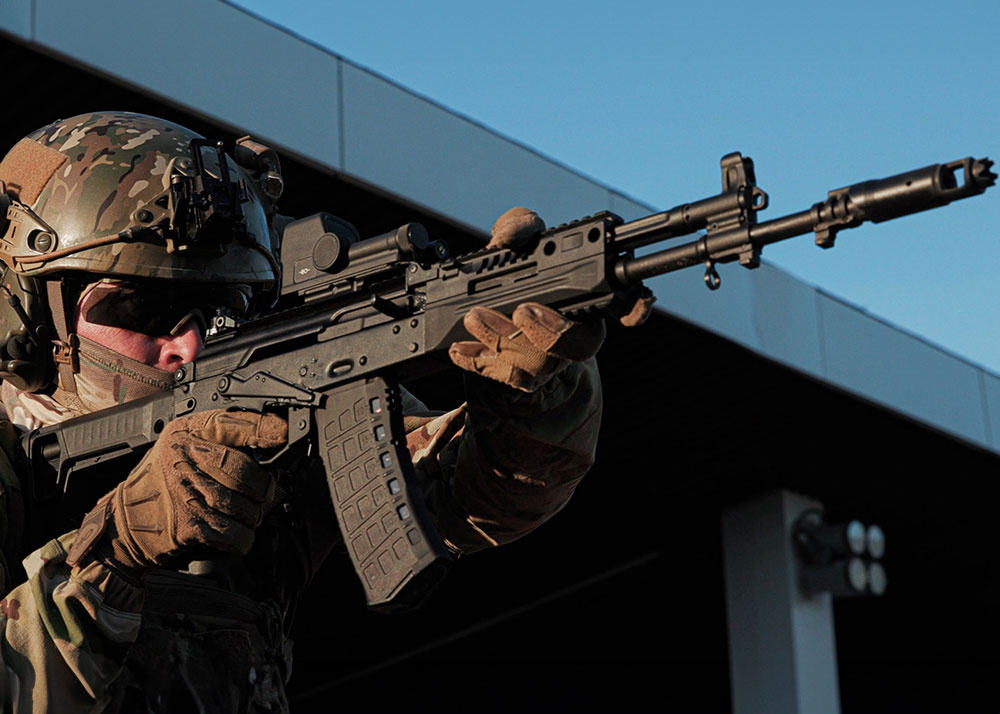Marines Looking For A New Uniform Dye Hard To Spot By SWIR Sensors
Master Chief
23 Sep 2016
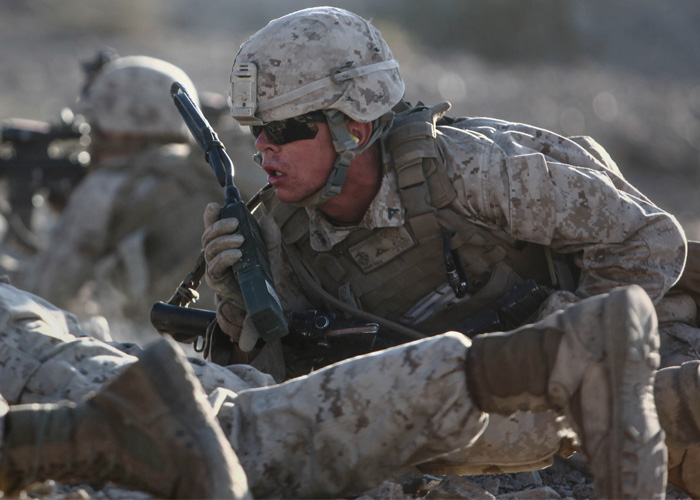
Modern-day camo patterns are effective (no thanks to the UCP though) in breaking up the shapes of soldiers that they cannot be detected by the naked eye. However there are now sensors widely available commercially and are also affordable that can detect soldiers in camo as they strongly contrast in the environment they are in when these sensors are used.
Thus, threats to soldiers in camo clothing are night vision, thermal cameras, and other devices that can detect parts of the light spectrum that are invisible to the naked human eye. Smartphones nowadays can be equipped with modular thermal or night vision cameras which are even affordable. Thus, not only professional armies can use these devices, terrorists, insurgents, and violent extremist groups have access to these making it imperative for militaries to research on making their soldiers invisible to SWIR (Shortwave Infrared) sensors.
The Marine Corps have an excellent camo pattern, the MARPAT, but when tested with commercial available SWIR devices, they found out that the uniforms glow when seen through these devices. Whatever the advantages of camo patterns are, they are immediately negated by advances in technology.
In a blog post on Military.com’s Kit-Up! The Marines are looking for a dye to use on the uniforms that won’t be detected by SWIR devices:
In August, the Army published a request for information for printed fabric materials, including MARPAT woodland and desert camouflage swatches that reduce the fabric’s signature when it’s seen through short-wave infrared, or SWIR, optics. Officials at the Army’s Natick Soldier Research, Development & Engineering Center in Massachusetts hope the samples they obtain will determine the availability of existing technology and materials that will meet operational goals as they continue research.
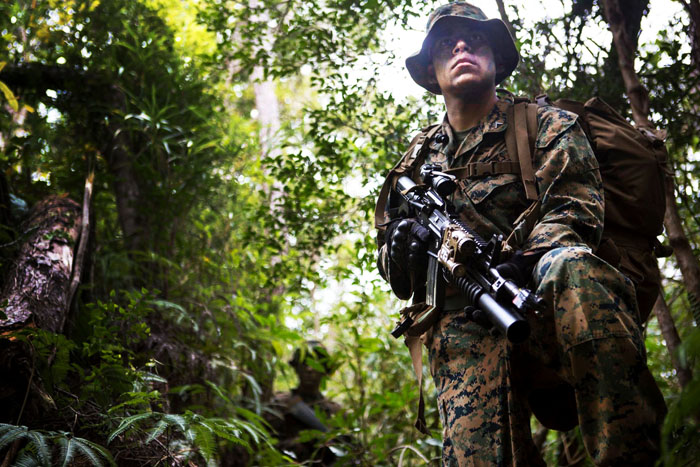
Photo: US Marine in MARPAT uniform training in Okinawa, Japan. (U.S. Marine Corps photo by Lance Cpl. Carl King Jr.)
Such uniform dye should be able to reduce the signature fabric when seen through SWIR devices. The research will be looking into the full spectrum, including the use of UV light which makes certain colors glow when put under it such as paper bills when checking for counterfeit money.
There are companies that are offering mitigation of signatures so soldiers, vehicles and equipment won’t be quickly detected by these devices. But these can be more expensive solutions and a dye solution can be cheaper in the long run as it can be produced in larger quantities to be treated on uniform fabrics.
Having a new dye which that does not reflect infrared light and help the soldier still blend well into the environment may not be the ultimate cloaking device, the holy grail in concealment, but it can be a positive step forward.
Top Photo: Lance Cpl. Steven Hoggand, a machine gunner and section leader with 7th Marines, directs his Marines’ fire while suppressing an enemy position during platoon attack drills, July 24, 2015 aboard Marine Corps Air Ground Combat Center Twentynine Palms, California. (U.S. Marine Corps photo by Cpl. Seth Starr)

